

Max Davies
2026 Mazda CX-30 G20 Pure review
4 Days Ago
The BMW X1 has always been a strong seller, but it's never been a class leader. The more grown-up third-generation car is out to change that.
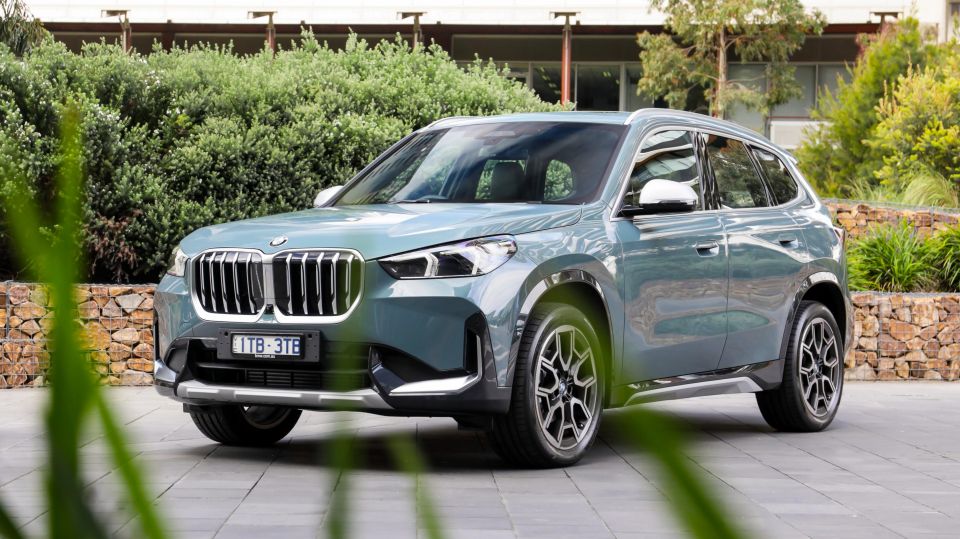


Quickly see how this car stacks up against its competition. Select any benchmark to see more details.
Where expert car reviews meet expert car buying – CarExpert gives you trusted advice, personalised service and real savings on your next new car.
It might finally be time for the BMW X1 to shine.
The first-generation (E84) was a toe in the water; a 3 Series Touring with shrunken X5 looks. It was arguably ahead of its time, given it beat the Audi Q3 to market by two years and the Mercedes-Benz GLA by four years.
It was followed by the F48-generation car currently being phased out, and traded its 3 Series chassis for the front- and all-wheel drive bones of the Mini Countryman.

Both were strong sellers, but neither was a standout – and recently, the X1 has fallen behind its rivals when it comes to interior space, infotainment technology, and the critical realm of active safety. The new one is out to change that.
Its interior is a high-tech showcase borrowing heavily from significantly more expensive members of the BMW range, and the brand promises more space for passengers and their things.
As for the driving? We hopped behind the wheel to find out.
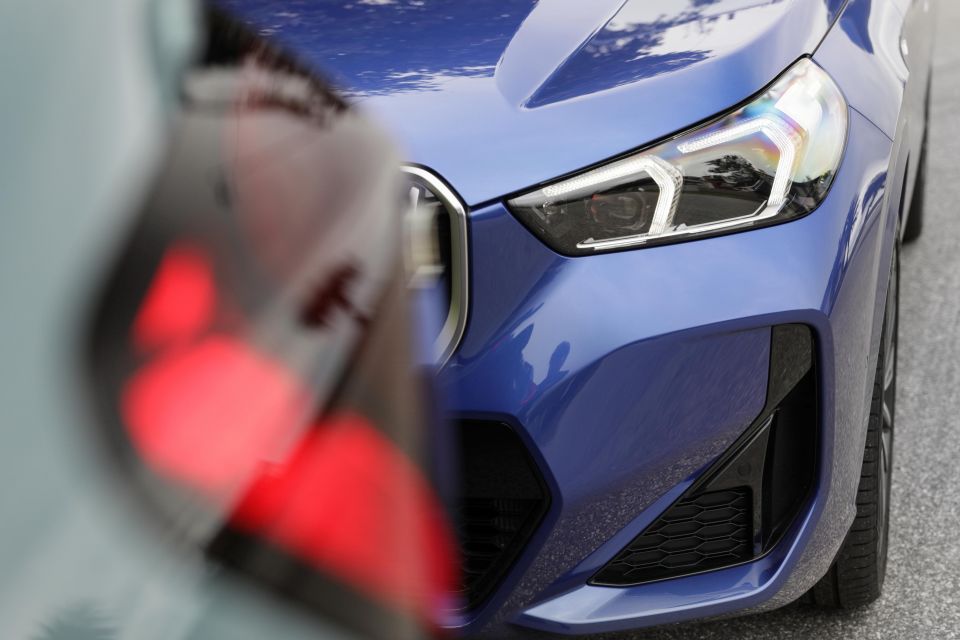
BMW has priced the X1 competitively with its premium rivals.
The base sDrive18i ($53,900) comfortably undercuts the Mercedes-Benz GLA200 ($60,688), though it’s dearer than the base Audi Q3 35 TFSI ($50,600) – prices exclude on-road costs.
At the top end, the xDrive20i ($65,900) is narrowly undercut by the Audi Q3 40 TFSI quattro S line ($64,200), but is well under the asking price of the Mercedes-Benz GLA250 4Matic ($73,436).
The cat among the pigeons is the Volvo XC40, which is cheaper than the Germans at the bottom end ($52,990) and the top end ($63,990).
2023 BMW X1 pricing
Prices exclude on-road costs
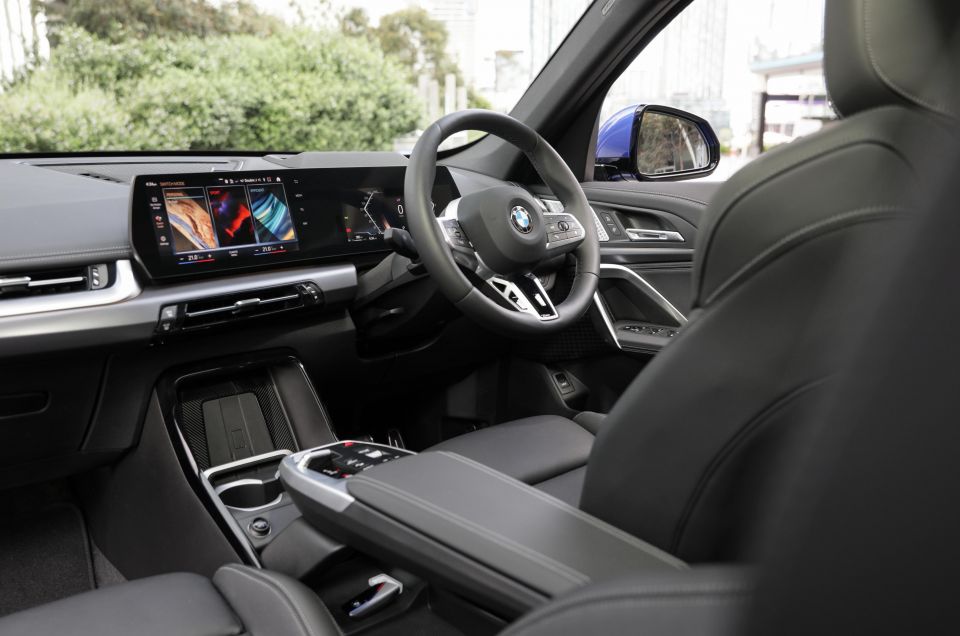
Buy your new car without the stress. It's fast, simple and completely free.

Great service from Travis and team, second time I have used this business would not hesitate to recommend them to anyone
Craig C.
Purchased a Ford Ranger in Sunshine Coast, QLD
CarExpert helped Craig save $7,224 on his Ford Ranger, now let us save you on your next new car.
Get your BEST priceBMW has dragged the 2023 X1 into line with the screen-heavy approach adopted by Audi and Mercedes-Benz.
The curved dual-screen dashboard is a shrunken take on what’s on offer in the flagship iX SUV and the latest 3 Series, running the flashy new BMW iDrive 8 software. There’s no rotary iDrive dial anymore, with all the major controls instead housed in the touchscreen.
The digital dash in particular is a huge improvement over the analogue setup in the last X1 and the 10.7-inch central screen is crystal clear, with some of the nicest graphics out there. BMW has poured some serious time and effort into making all the transitions, backgrounds, and menus look and feel incredibly polished.
It is a bit of a reach to get to the screen, and passengers might struggle to prod the shortcut buttons sitting on the right-hand side of the central display. It’s a shame BMW has moved away from physical climate controls, too.

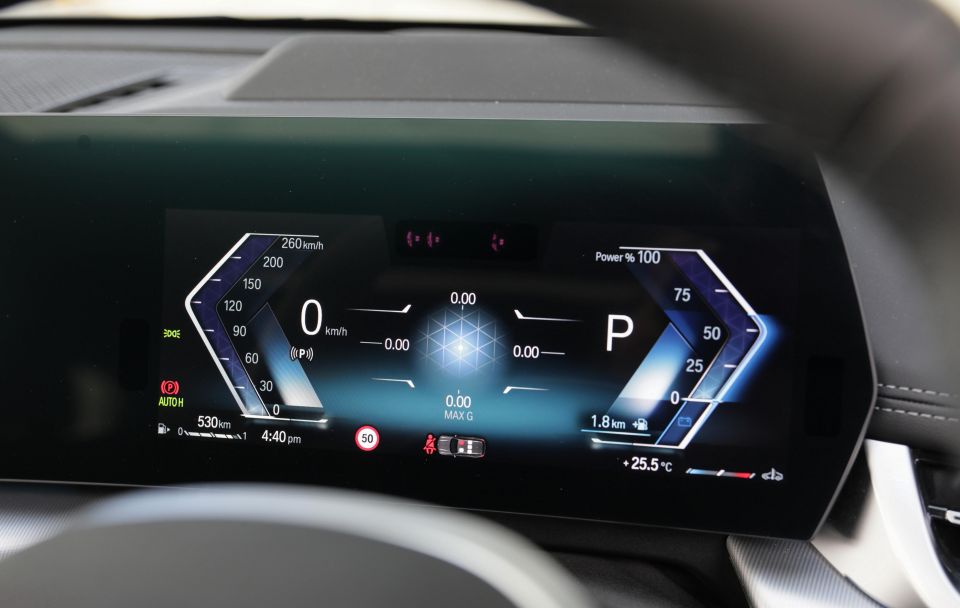
At least the Hey BMW voice commands generally work well, and the touchscreen menu is smart enough that you don’t have to spend too much time pondering how to change the fan speed.
The front seats are excellent. They’re supportive and offer acres of adjustment, but they’re only heated as standard in the xDrive20i. In the 18i you get the hardware, but need to pay extra to actually use it.
That can be a one-time payment that lasts the car’s lifetime, or a monthly subscription fee.
BMW says that gives owners in hot places the option to save $589 by not speccing a function they don’t need. Of course you’re paying for them anyway given they’re already fitted to the car, and BMW has to cover the cost of that hardware in its list price regardless of whether you decide to subscribe.
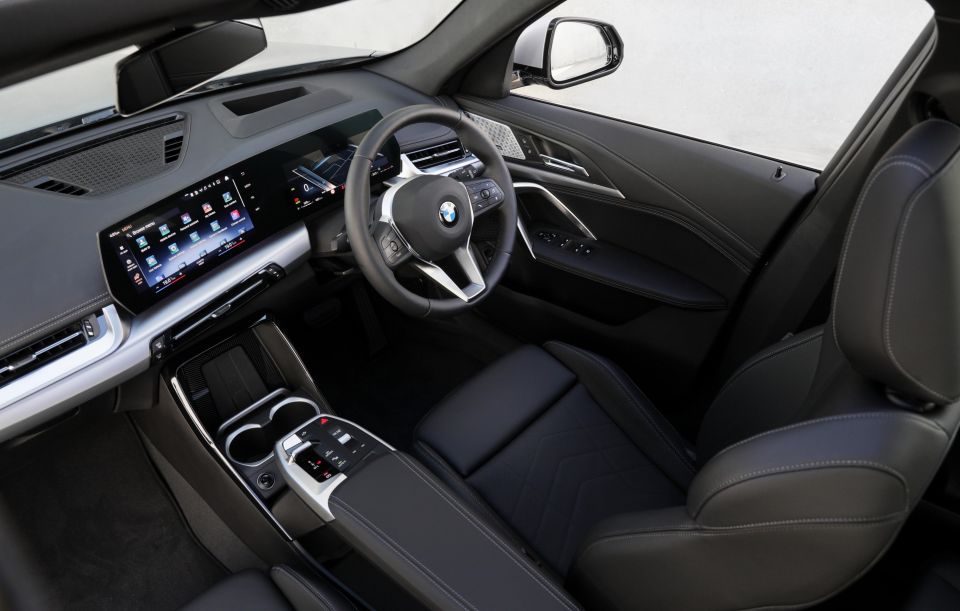
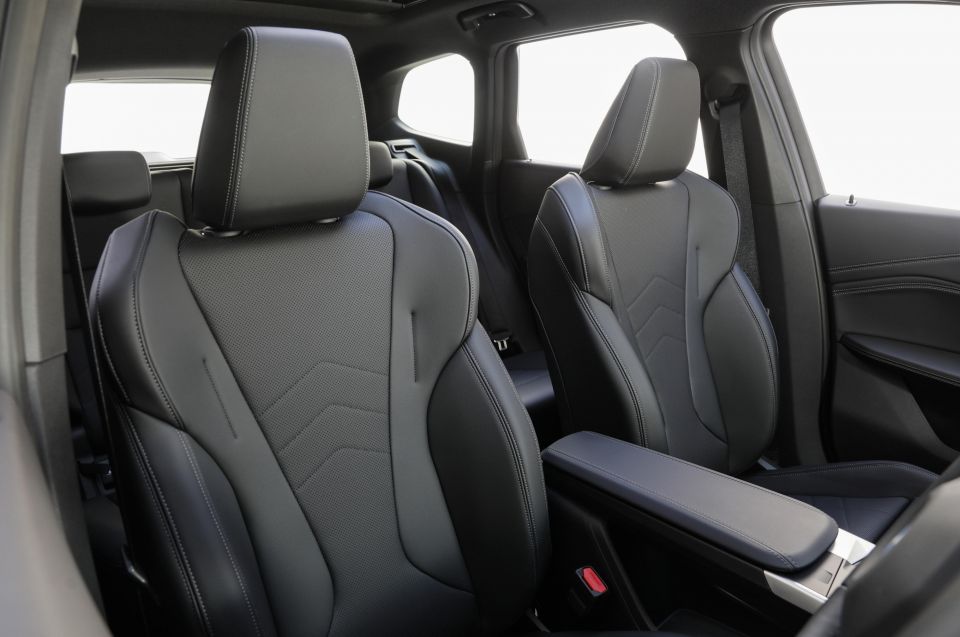
Heated or not, the front seats offer a commanding view of the road ahead that makes the X1 feel more like a proper SUV than its predecessor.
BMW had made huge strides in a number of key areas up front relative to the model that came before. Not only does the floating central tunnel look dramatic, it frees up much more usable storage space than was previously on offer.
The wireless phone charger now has space for a modern iPhone, and the underarm bin has room for wallets and keys now.
For the most part, the materials on the places you touch feel high-quality – the dash, doors, and central tunnel are good, the lower dash and door pockets less so – and it looks properly modern. Rather than a dressed-up Mini, it feels like a proper BMW SUV.
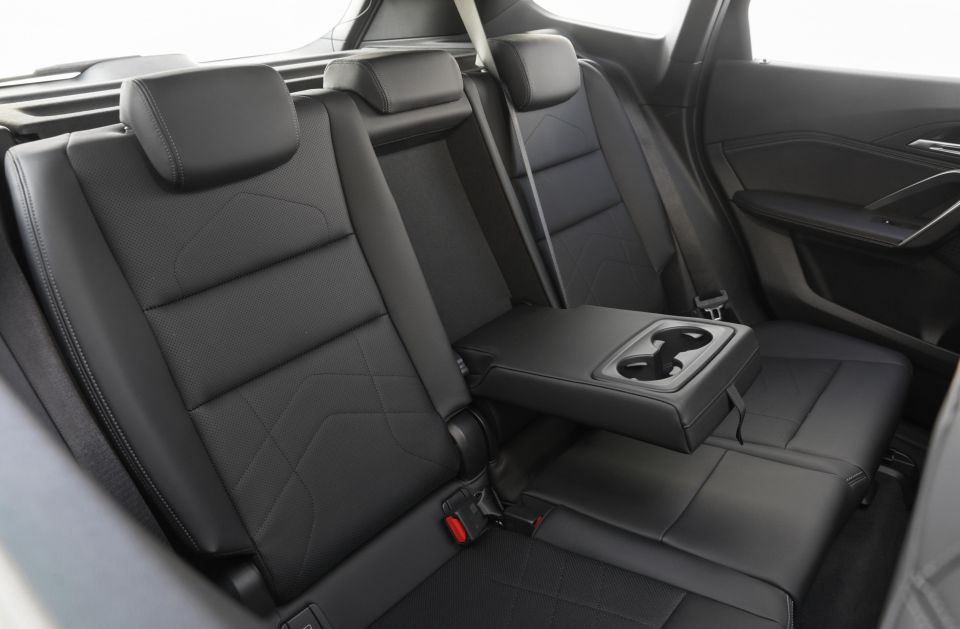
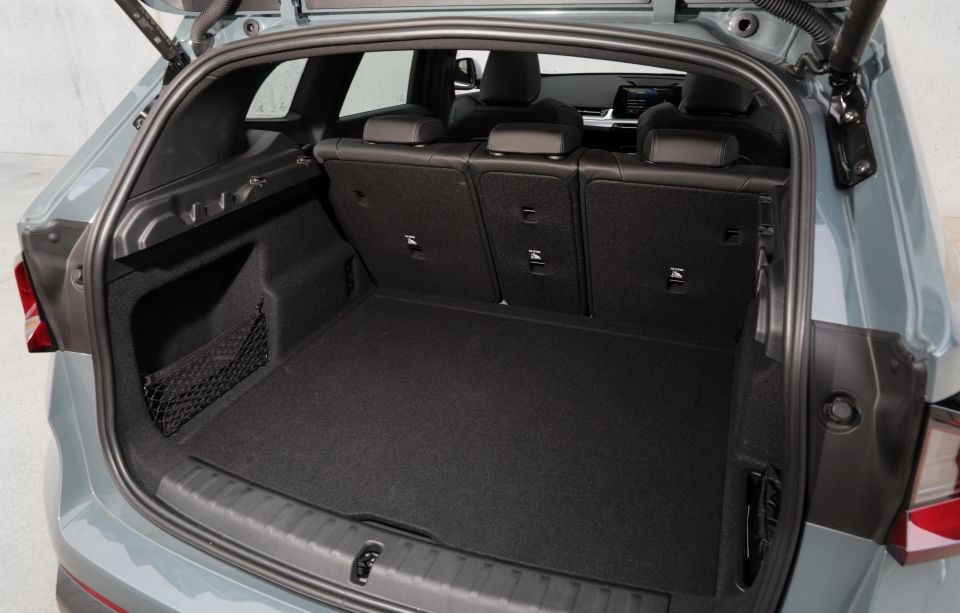
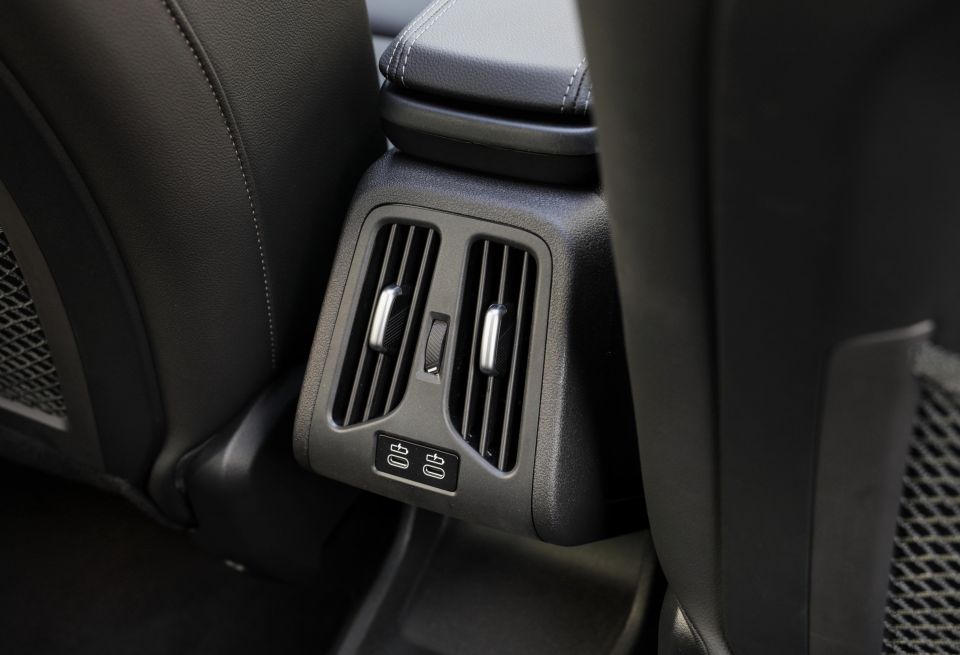
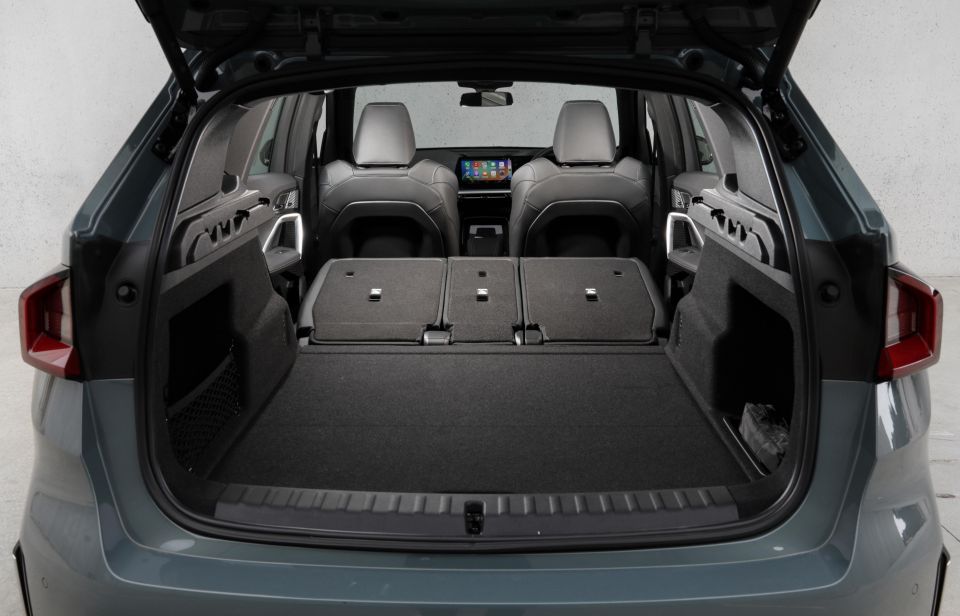
Space in the rear has also taken a huge step forward. The tall windows make the X1 feel light and airy back there, and the swollen exterior (it’s almost as big as the first X3) means you’ll be able to more comfortably carry tall teenagers or adults.
Even with the optional panoramic sunroof headroom is solid by class standards, and you can slide the bench to free up more legroom or prioritise boot space. Dual USB ports and a fold-down central armrest round out the amenities.
Boot space is an impressive 540 litres on paper, expanding to 1600 litres with the 40/20/40 second row folded flat. That first figure is almost on a par with what you get in an X3, but in practice the X1 doesn’t have the same amount of usable space.
That isn’t a big issue – it has a boot bigger than what’s offered by a Q3 or GLA, with a low floor and broad opening – but a chunk of that quoted space is beneath the flip-up floor, meaning in practice it’s still a size class below the X3.
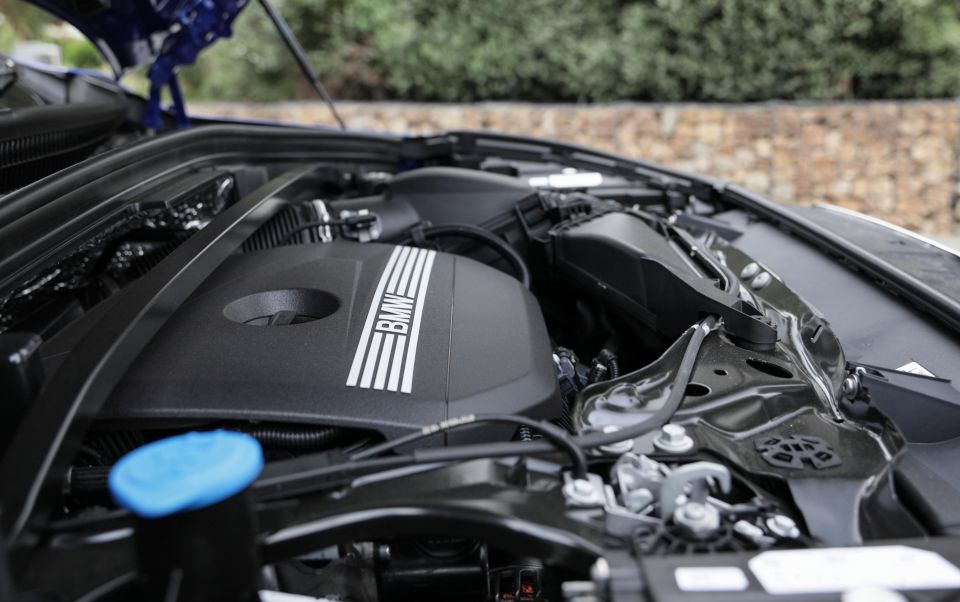
The X1 sDrive18i uses a turbocharged 1.5-litre three-cylinder engine producing 115kW of power and 230Nm of torque.
Power is sent to the front wheels via a seven-speed dual-clutch automatic transmission. BMW claims a 0-100km/h time of 9.0 seconds.
The X1 xDrive20i uses a turbocharged 2.0-litre four-cylinder engine producing 150kW and 300Nm of torque. It features a seven-speed dual-clutch auto and all-wheel drive, and has a claimed 0-100km/h time of 7.4 seconds.
The X1 uses 6.5L/100km on the combined cycle in sDrive18i guise, and 7.4L/100km in the xDrive20i.
Both models drink 95 RON premium unleaded, and feature 45-litre fuel tanks.

Our time in the X1 was limited to X Line cars, rather than the sportier M Sport model.
The base sDrive18i has a distinct three-cylinder character about it, as has always been the case with entry-level BMW and Mini products featuring this engine. There’s a hint of hesitation off the mark, but once you’re rolling the way the engine is tuned makes it feel reasonably muscular.
Peak torque comes on tap at just 1500rpm and hangs around past 4500rpm, so it doesn’t need to be worked too hard to get rolling at city speed, and the seven-speed transmission is smart enough to kick down and hang onto a lower gear when you lean harder on the accelerator.

It makes a distinctive three-cylinder thrum, but it’s never unrefined or buzzy in the cabin.
If you’re spending most of your time pottering from home to the shops, it’s fine. If you’re spending time on the open road, you’ll want to step up to the xDrive20i.
It isn’t a hot hatch either, but the way it accelerates off the mark is immediately more urgent, and its response above 80km/h inspires more confidence if you’re overtaking at highway speeds.
Speaking of confidence, the addition of all-wheel drive will suit owners who want to take their lifestyle-oriented city crossover down gravel fire trails or into the snow fields. When you’re not exploring the great-ish outdoors, the light and fluid steering makes the X1 easy to place on tight city streets.
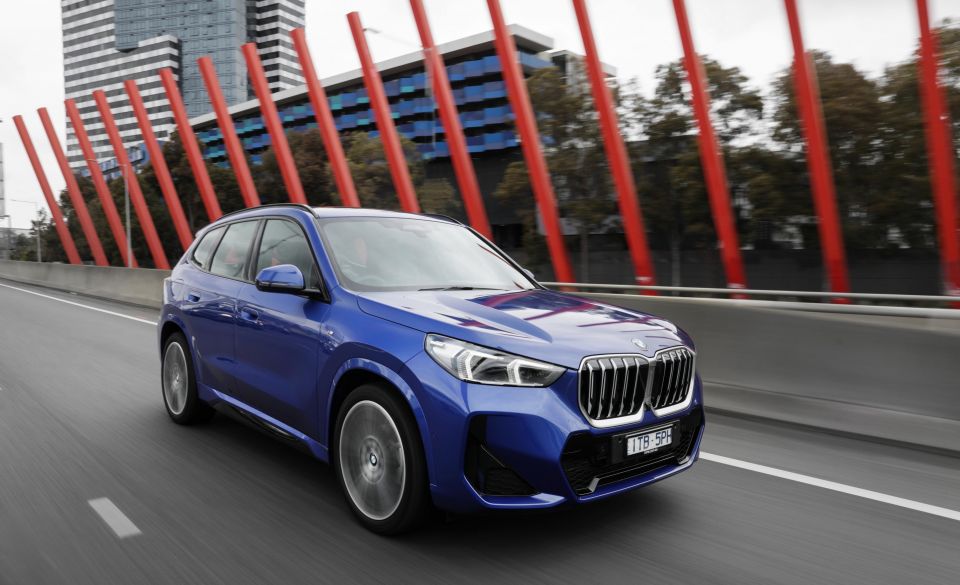
Regardless of which model you opt for, BMW has clearly listened to feedback about the refinement levels in the last X1. Road noise is still present on coarse-chip country roads, but it’s no longer the dominant sound in the cabin at 100km/h.
Instead, you can more easily hold a conversation with your passenger or crank up the (optional) Harman/Kardon sound system. When you’re not asking it to accelerate hard uphill, even the base three-pot engine is also impressively hushed in the cabin.
Ride comfort on the standard X Line suspension setup is refreshingly compliant. The base 18i rides on 18-inch alloy wheels, and was largely unperturbed by some pretty average roads on our relatively short launch drive.
There’s a bit of body roll in the corners, and the car occasionally feels a bit springy over mid-corner bumps, but the X1 doesn’t really need to put the sport in sports utility vehicle. M Sport cars get adaptive dampers with potential to unlock a sportier character.

One of the biggest criticisms levelled at the last X1 was the fact it didn’t come with now industry-standard technology such as blind-spot monitoring. Now, the car comes equipped with a comprehensive suite of assists from the base level.
The adaptive cruise control is smooth and smart, and BMW’s lane-keeping assist doesn’t intervene unless it really needs to. The range-topping 20i also picks up as standard lane-centring, which will more actively take control to centre you between the white lines.
With its more compliant ride, up-to-date suite of driver assists, and more refined interior, the new X1 is a meaningfully more grown-up car than those before it.


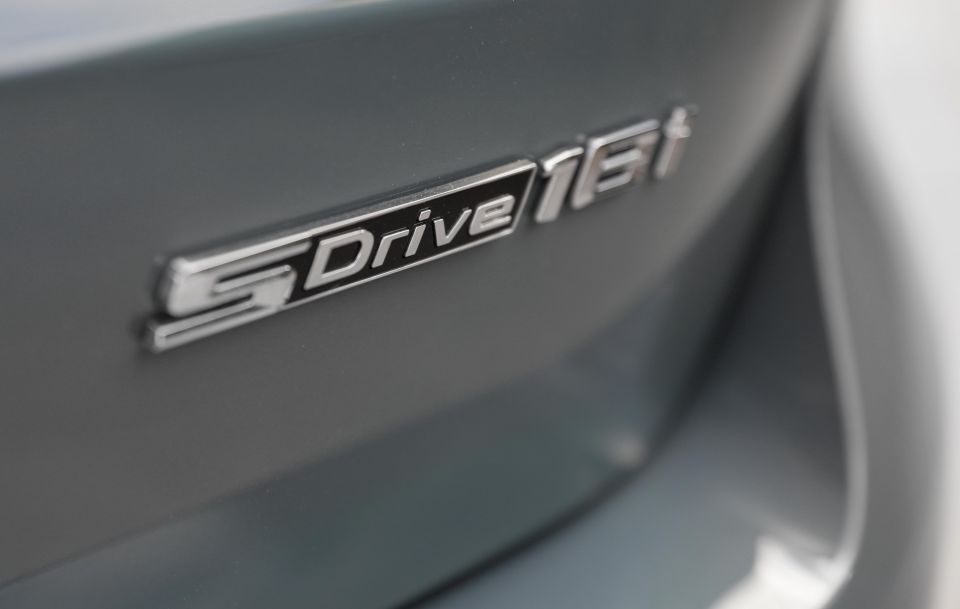

X1 sDrive18i highlights:
X1 xDrive20i adds:
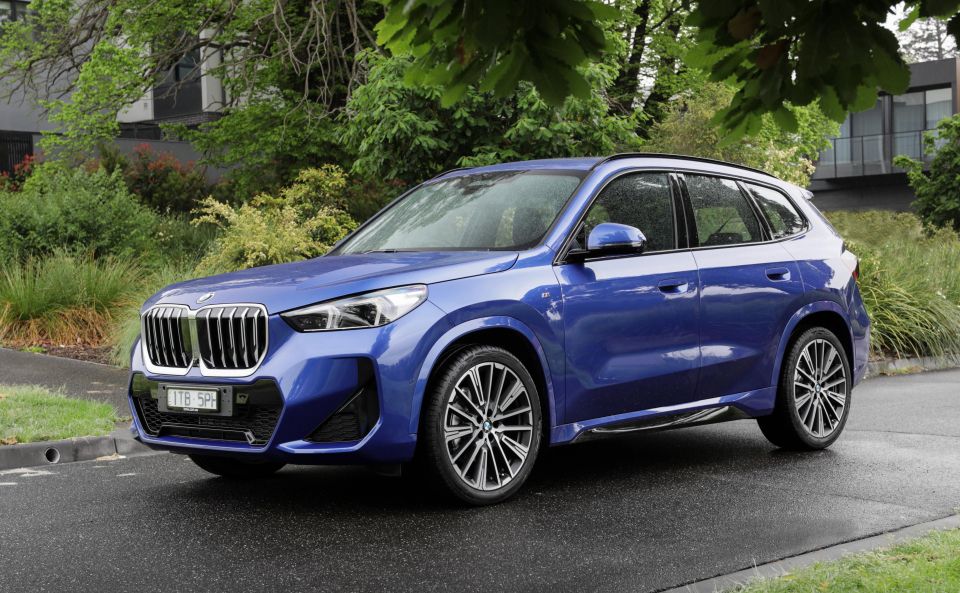
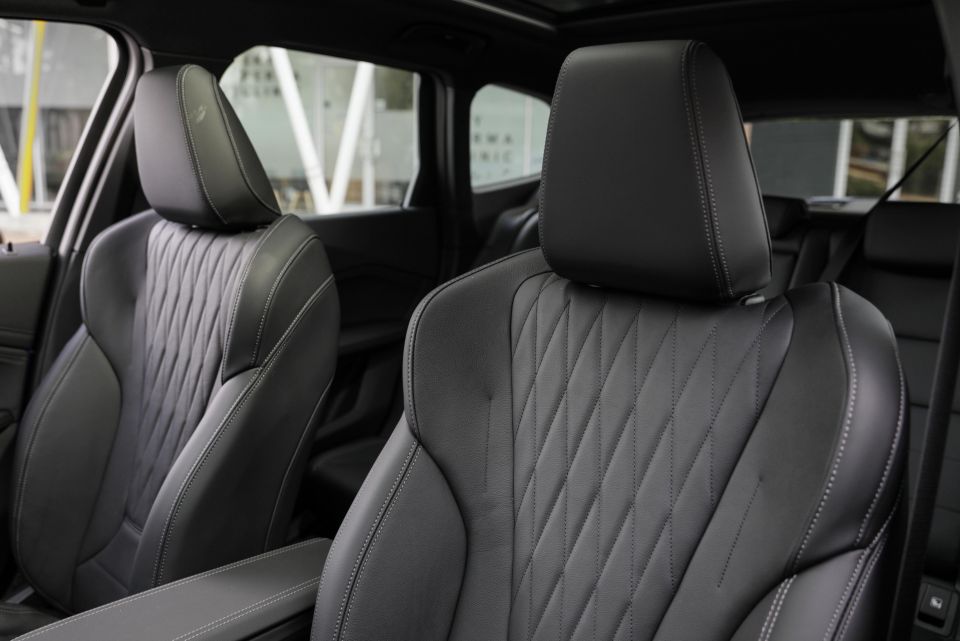
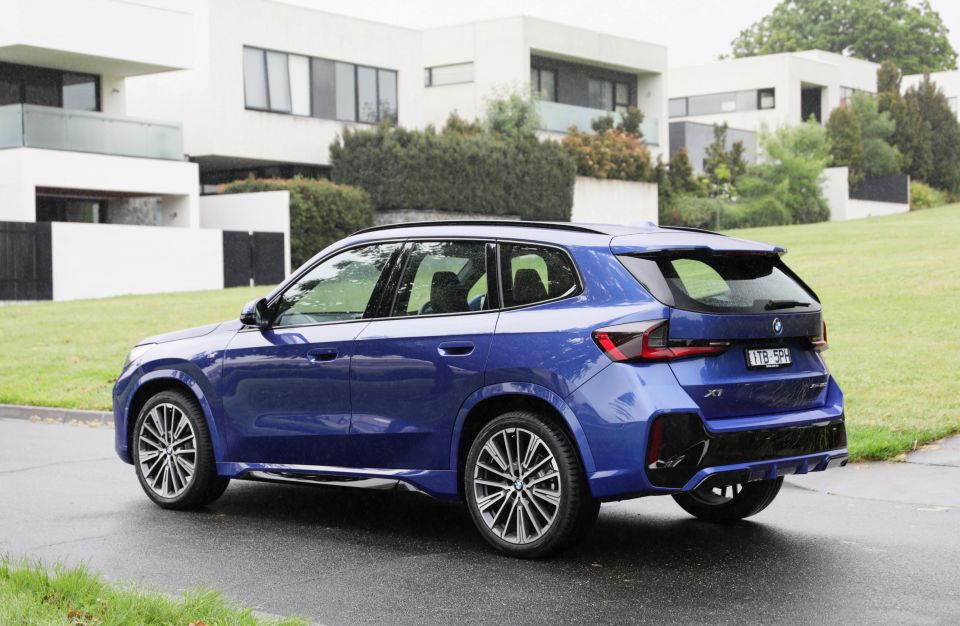
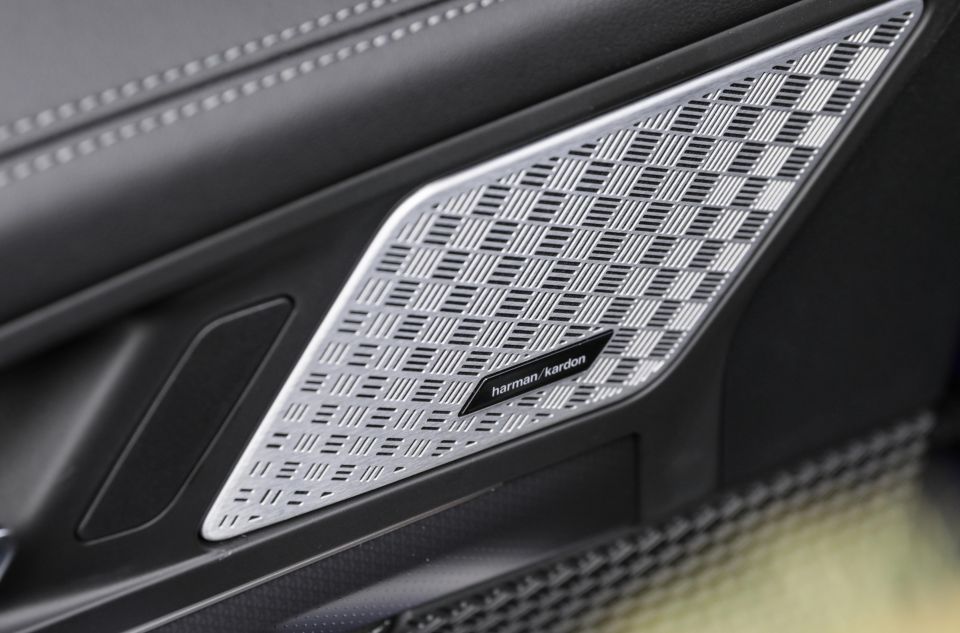
Where expert car reviews meet expert car buying – CarExpert gives you trusted advice, personalised service and real savings on your next new car.
Enhancement Package: $4615 (sDrive18i), $4000 (xDrive20i)
M Sport Package: $3000 (xDrive20i)
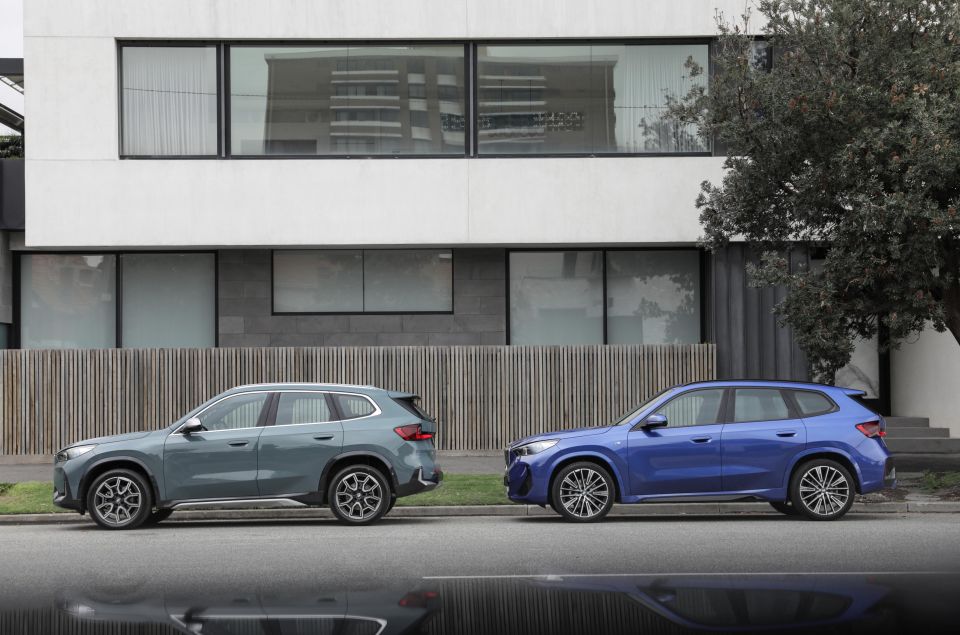
The new BMW X1 has yet to be tested by ANCAP or Euro NCAP.
Standard safety equipment includes:
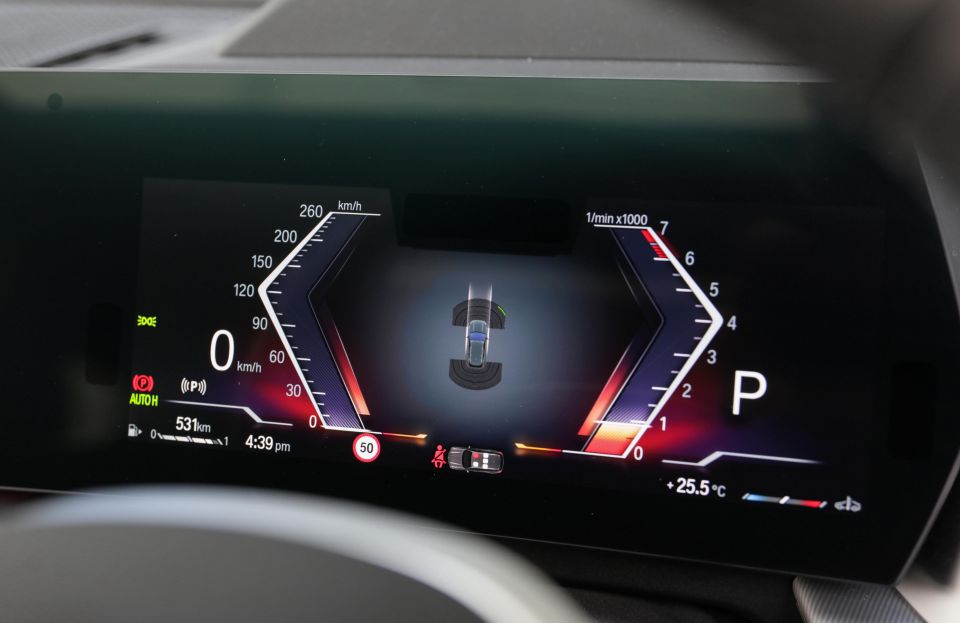
BMW has finally made the shift to a five-year, unlimited-kilometre warranty in Australia, meaning its coverage now aligns with what’s on offer at its luxury rivals.
Maintenance is required every 12 months or 20,000 kilometres in the X1, and a five-year ‘Basic’ service plan will set you back $1800.
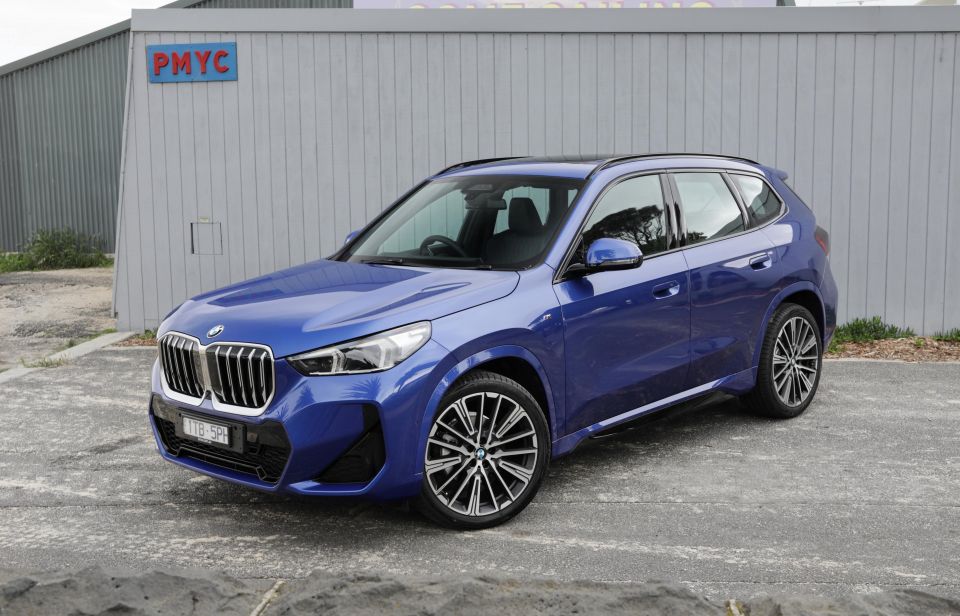
Buy your new car without the stress. It's fast, simple and completely free.

Great service from Travis and team, second time I have used this business would not hesitate to recommend them to anyone
Craig C.
Purchased a Ford Ranger in Sunshine Coast, QLD
CarExpert helped Craig save $7,224 on his Ford Ranger, now let us save you on your next new car.
Get your BEST priceThe BMW X1 feels like it’s come of age.
Its interior is on a par with (or better than) what’s on offer in rivals, there’s finally a full suite of driver assists, and the way it drives is well calibrated for the way most owners use their small SUVs.
Although the sDrive18i is serviceable, the xDrive20i with all-wheel drive is the more rounded car. Not only does it come with a decent helping of extra standard equipment, it packs the performance required to make the little X1 feel more grown-up.
A face-off with the Audi Q3, Mercedes-Benz GLA, and Volvo XC40 is required to confirm whether it’s truly the class-leader, but there’s no doubt it’s right up there.
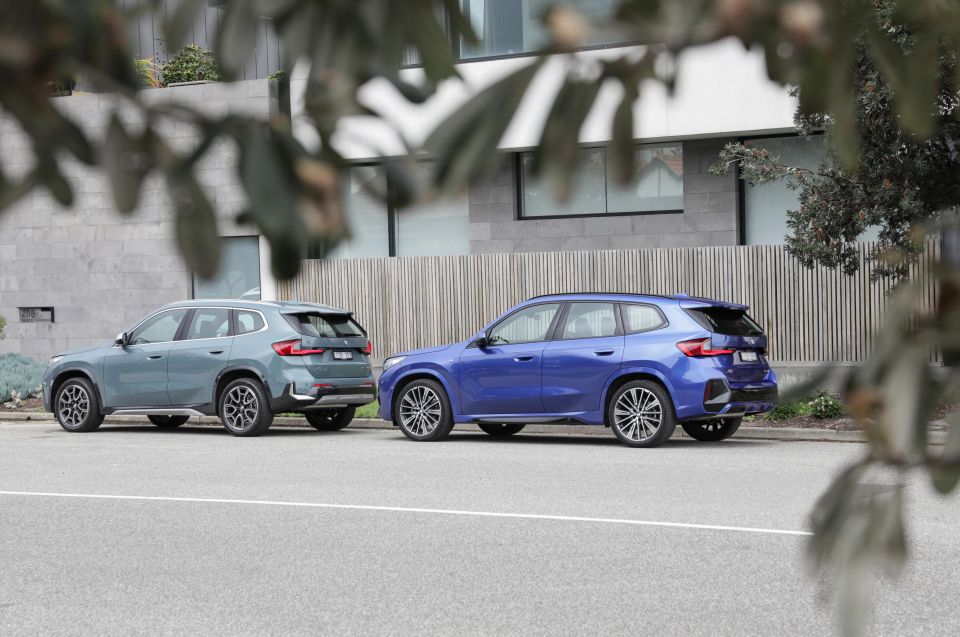
Click the images for the full gallery
MORE: Everything BMW X1
Where expert car reviews meet expert car buying – CarExpert gives you trusted advice, personalised service and real savings on your next new car.
Scott Collie is an automotive journalist based in Melbourne, Australia. Scott studied journalism at RMIT University and, after a lifelong obsession with everything automotive, started covering the car industry shortly afterwards. He has a passion for travel, and is an avid Melbourne Demons supporter.


Max Davies
4 Days Ago


James Wong
2 Days Ago


William Stopford
2 Days Ago


Josh Nevett
1 Day Ago


Paul Maric
20 Hours Ago


Ben Zachariah
9 Hours Ago